Avancées technologiques
Le marché de l'impression numérique connaît des avancées technologiques rapides qui améliorent les capacités et l'efficacité d'impression. Des innovations telles que l'impression jet d'encre à grande vitesse et l'impression textile numérique transforment les processus traditionnels. Ces avancées permettent des temps de production plus rapides et une qualité d'impression améliorée, ce qui est crucial pour répondre aux demandes de divers secteurs. Selon des données récentes, l'adoption de technologies d'impression avancées devrait augmenter la croissance du marché d'environ 5 % par an. De plus, l'intégration de l'intelligence artificielle et de l'apprentissage automatique dans les processus d'impression devrait optimiser les opérations, réduire les déchets et diminuer les coûts, attirant ainsi davantage d'entreprises vers le marché de l'impression numérique.
Croissance du commerce électronique
La croissance du commerce électronique a un impact significatif sur le marché de l'impression numérique, car les détaillants en ligne exigent de plus en plus des solutions d'impression efficaces et performantes. Avec l'essor des modèles de vente directe aux consommateurs, les entreprises recherchent des technologies d'impression numérique capables d'accommoder une production rapide et l'exécution de commandes personnalisées. Cette tendance devrait stimuler l'expansion du marché, avec des projections indiquant que l'impression liée au commerce électronique pourrait représenter près de 25 % du marché global d'ici 2026. Alors que le commerce électronique continue de prospérer, la demande pour des emballages innovants et des matériaux promotionnels devrait également augmenter, propulsant encore davantage le marché de l'impression numérique.
Personnalisation et Personnalisation
La personnalisation et l'individualisation deviennent des moteurs essentiels sur le marché de l'impression numérique. Alors que les consommateurs recherchent des produits uniques et sur mesure, les entreprises exploitent les technologies d'impression numérique pour offrir des solutions personnalisées. Cette tendance est particulièrement évidente dans des secteurs tels que l'emballage, le textile et les matériaux promotionnels, où des designs individualisés peuvent considérablement améliorer l'engagement des clients. L'analyse du marché suggère que la demande de produits personnalisés devrait croître de plus de 10 % au cours des prochaines années, indiquant une opportunité substantielle pour les entreprises du marché de l'impression numérique. En adoptant la personnalisation, les entreprises peuvent se différencier et favoriser des connexions plus fortes avec leurs publics cibles.
Tendances en matière de durabilité
Les tendances en matière de durabilité influencent profondément le marché de l'impression numérique, alors que les consommateurs et les entreprises privilégient les pratiques écologiques. La demande de solutions d'impression durables, telles que les encres à base d'eau et les matériaux recyclables, est en hausse. Les entreprises adoptent de plus en plus des technologies d'impression numérique qui minimisent les déchets et la consommation d'énergie, s'alignant sur les objectifs mondiaux de durabilité. Des statistiques récentes révèlent que le marché de l'impression durable devrait croître d'environ 7 % par an, reflétant un changement vers des pratiques respectueuses de l'environnement. Cette tendance améliore non seulement la réputation de la marque, mais positionne également les entreprises de manière favorable sur le marché de l'impression numérique, alors qu'elles répondent à la préférence croissante des consommateurs pour des produits durables.
Demande croissante pour l'impression à court tirage
Le marché de l'impression numérique connaît une augmentation notable de la demande pour des solutions d'impression à court tirage. Les entreprises cherchent de plus en plus à produire de plus petites quantités de produits personnalisés, que les méthodes d'impression traditionnelles peinent à accommoder efficacement. Ce changement est motivé par le besoin de délais d'exécution rapides et la capacité de répondre rapidement aux tendances du marché. Les données indiquent que l'impression à court tirage devrait représenter une part significative du marché, avec des estimations suggérant qu'elle pourrait représenter plus de 30 % du volume total d'impression dans les années à venir. En conséquence, les technologies d'impression numérique deviennent essentielles pour les entreprises cherchant à rester compétitives dans le paysage en évolution du marché de l'impression numérique.
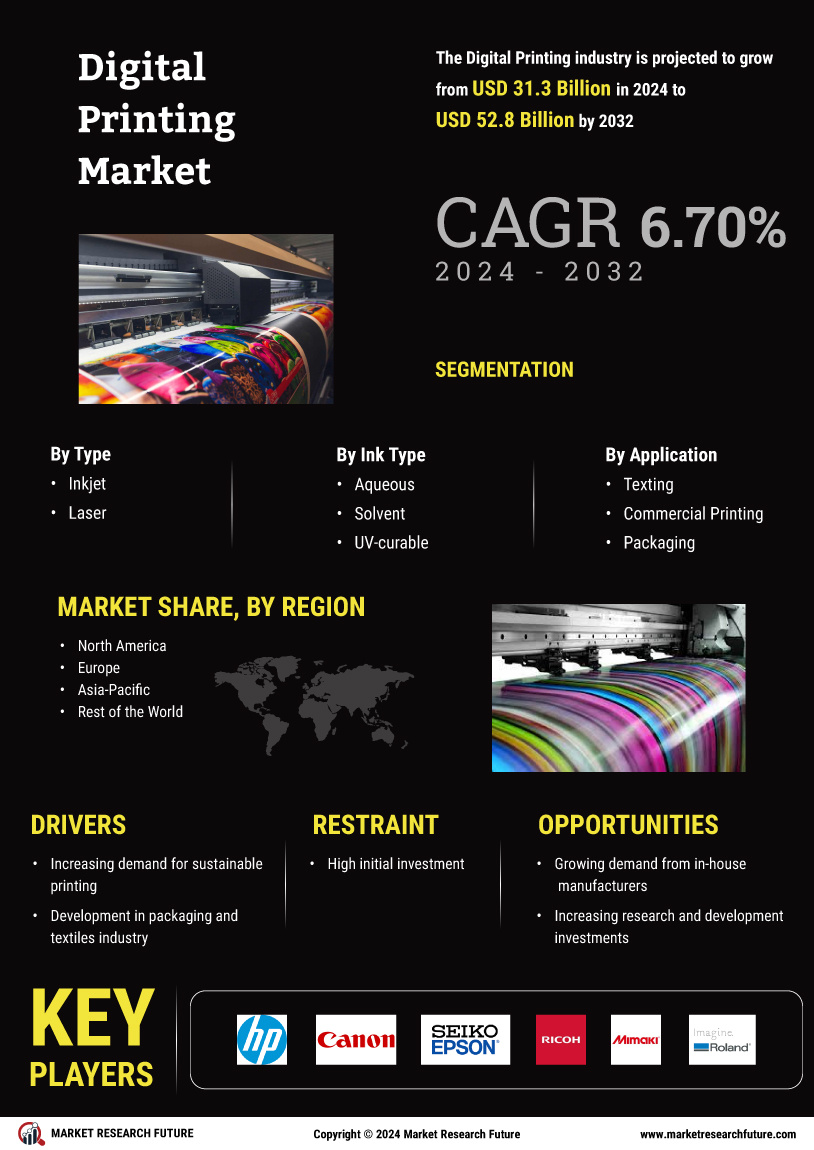
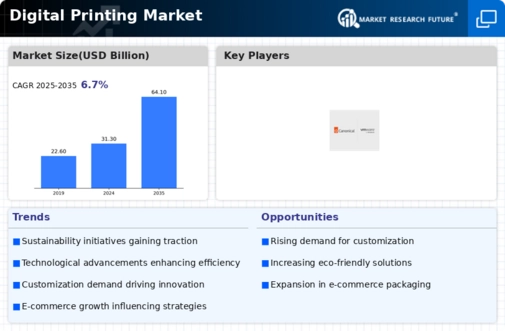
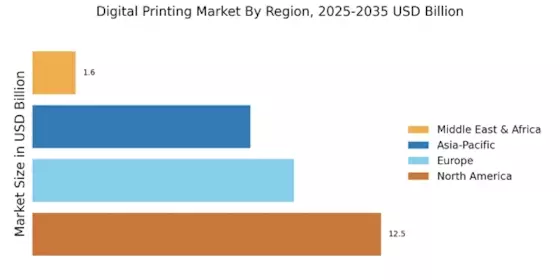
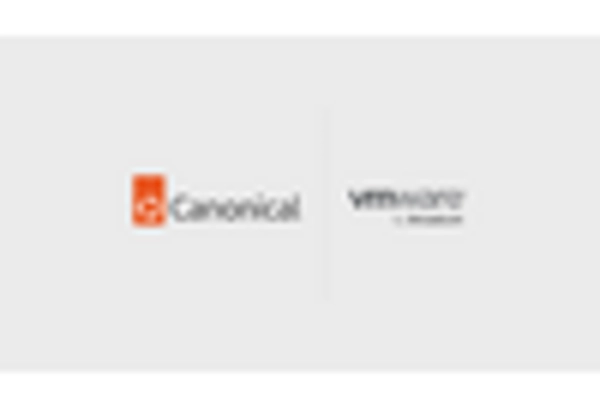
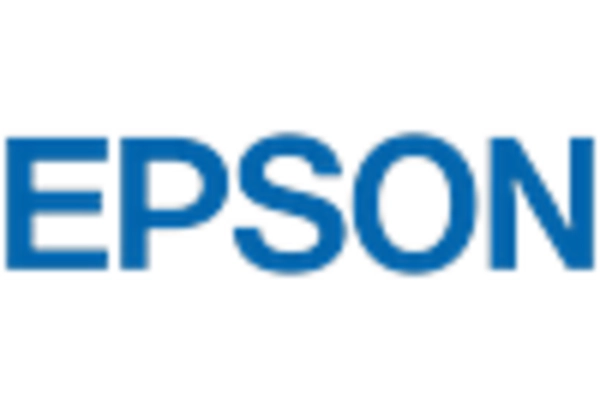
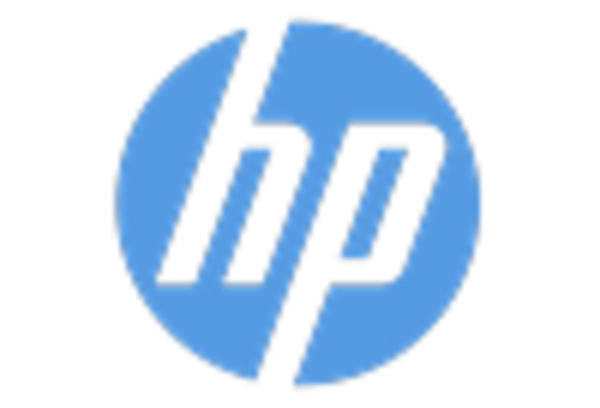
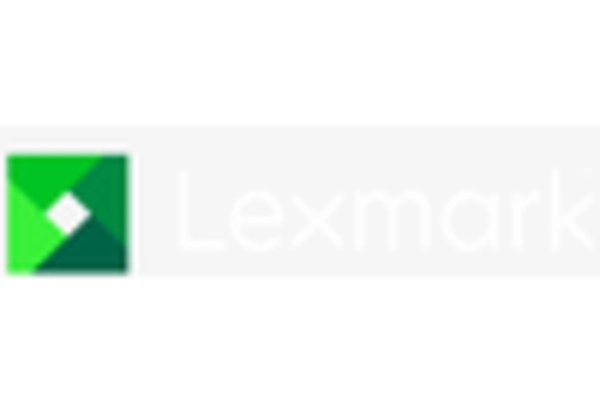
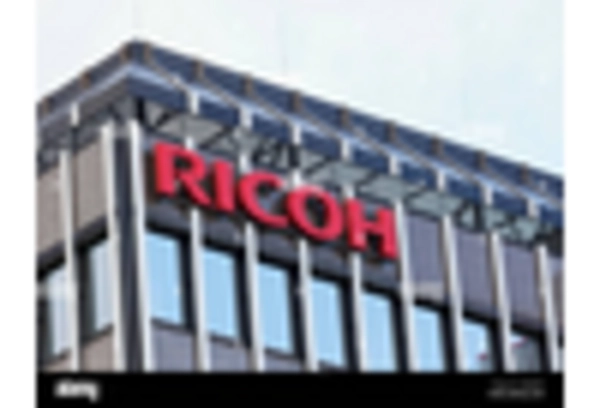
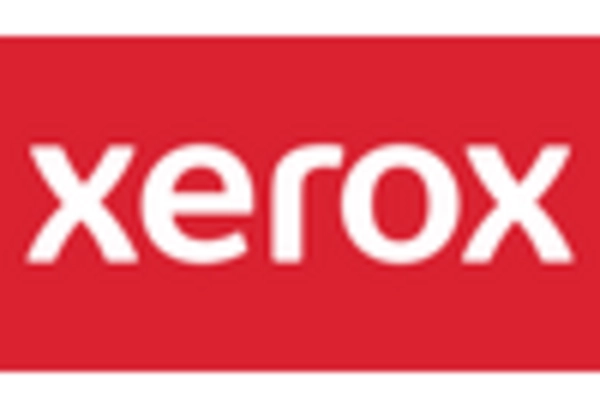








Laisser un commentaire